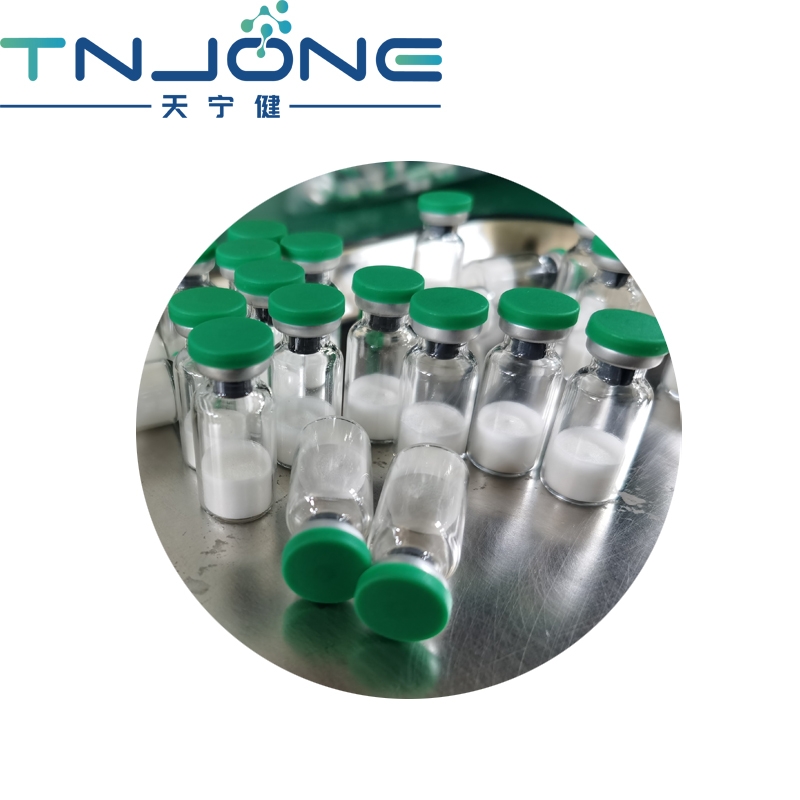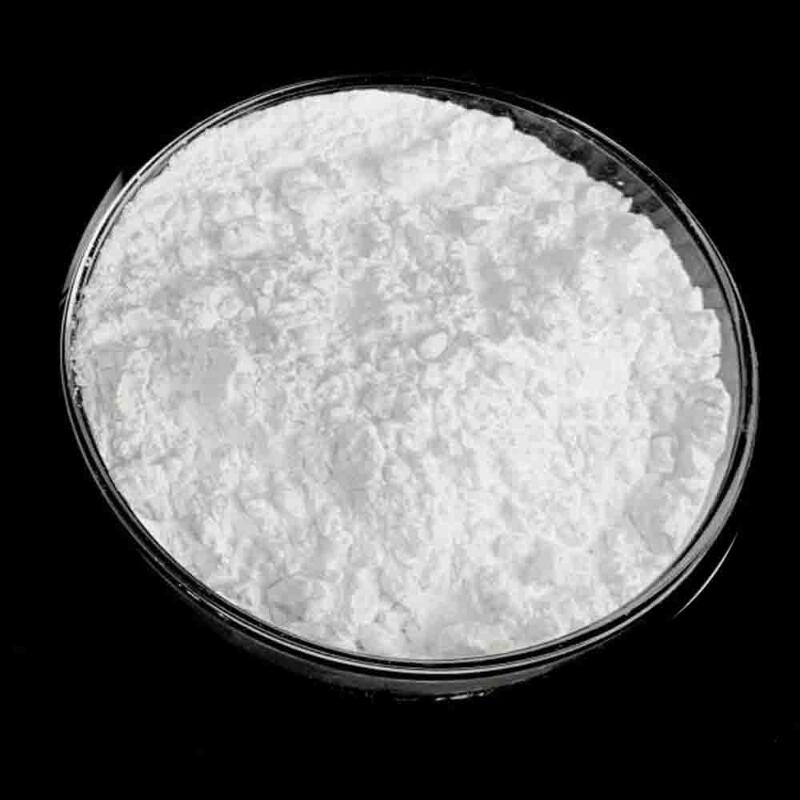-
Categories
-
Pharmaceutical Intermediates
-
Active Pharmaceutical Ingredients
-
Food Additives
- Industrial Coatings
- Agrochemicals
- Dyes and Pigments
- Surfactant
- Flavors and Fragrances
- Chemical Reagents
- Catalyst and Auxiliary
- Natural Products
- Inorganic Chemistry
-
Organic Chemistry
-
Biochemical Engineering
- Analytical Chemistry
-
Cosmetic Ingredient
- Water Treatment Chemical
-
Pharmaceutical Intermediates
Promotion
ECHEMI Mall
Wholesale
Weekly Price
Exhibition
News
-
Trade Service
The imbalance in the balance between cell proliferation and cell death is a major feature of malignant tumors, which can lead to uncontrolled cell growth and drug resistance.
apoptosis and autophagy are two forms of programmed cell death that are critical to the fate of cells and play a vital role in the dynamic balance of tissues and organisms.
autophagy is also currently considered a "double-edged" sword, on the one hand, autophagy can eliminate harmful cell composition and prevent the production of DNA damage and genome instability to inhibit the occurrence of tumors, on the other hand, autophagy can maintain a stable nutritional supply, promote the growth of cancer cells to support the survival of tumor cells.
, a better understanding of the specific role of autophagy in each tumor and the mechanisms involved is critical to the development of autophagy-based cancer treatment strategies.
previous studies have shown that DAPK3 (death-related protein kinase 3) regulates programmed cell death, including apoptosis and autophagy.
previous studies have shown that the expression of DAPK3 has been reduced in more than half of stomach cancer (GC), which is associated with indented, metastatic and poor prognosmology of tumors.
the exact molecular mechanism of tumor suppression mediated by DAPK3 is not yet known.
ULK1 Ser556 phosphorylation promotes autophagy and tumor suppression of stomach cancer cells mediated by DAPK3 The study found that the tumor suppression function of DAPK3 depends on the autophagy process of cells.
mass spectrometry, in-body kinase assays and immuno-precipitation tests showed that DAPK3 was able to increase the activity of UPK1 by directly phosphatizing ULK1's 556th bit Sersersine.
under the amino acid fasting method, DAPK3-induced ULK1 phosphateation contributes to the formation of the ULK1 complex, the activity of the VPS34 complex and the induction of autophagy.
tumor inhibition regulated by DAPK3 requires the kinase activity of DAPK3 and phosphorylation of ULK1 Ser556.
clinical GC samples, the researchers found that DAPK3 was coordinated with phosphate expression of ULK1 Ser556, and that this co-expression was associated with a good prognostic prognosticity in patients.
in summary, the above findings show that tumor suppression of DAPK3 in stomach cancer is associated with autophagy, and DAPK3, as a new autophagy regulator, can activate ULK1 by direct phosphorylation.
, DAPK3 may be an autophagy-related marker for the prognosm of a potential disease.
.







